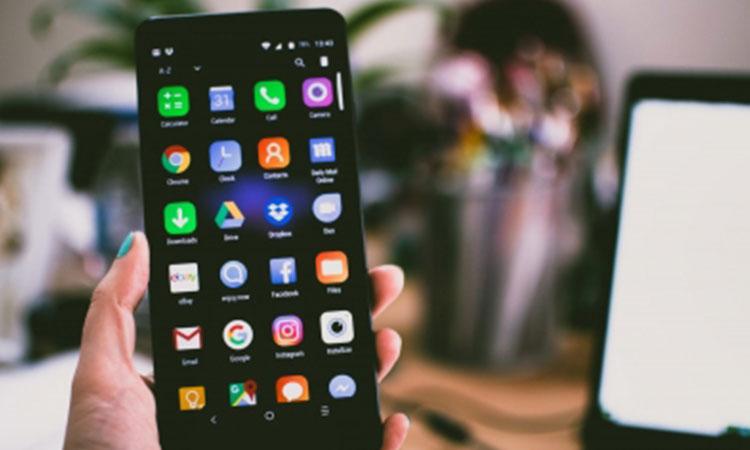A new Android malware known as 'FluHorse' has been discovered, which targets users in Eastern Asia with malicious apps that look like legitimate versions with over 1,00,000 installs.
According to Check Point Research, these malicious apps are designed to extract sensitive information, including user credentials and Two-Factor Authentication (2FA) codes.
FluHorse malware targets multiple sectors in Eastern Asia and is typically distributed via email.
Also read | Android malware infects 60 Google Play apps with 100 mn downloads
In some cases, high-profile entities such as government officials were targeted at the initial stages of the phishing email attack.
One of the most concerning aspects of FluHorse is its ability to go undetected for long periods of time, making it a persistent and dangerous threat that is difficult to detect.
According to the report, FluHorse attacks start with targeted and malicious emails sent to high-profile individuals, urging them to take immediate action to resolve an alleged payment issue.
Also read | Google partners Samsung to fix Android's background app limitations
Usually, the target is directed to a phishing website through a hyperlink included in the email. Once there, they are prompted to download the phoney APK (Android package file) of the fake application.
The FluHorse carrier apps mimic 'ETC,' a Taiwanese toll collection app, and 'VPBank Neo,' a Vietnamese banking app.
On Google Play, both legitimate versions of these apps have over a million downloads.
Moreover, the report said that upon installation, all three fake apps request SMS access in order to intercept incoming 2FA codes in case they are required to hijack the accounts.
The fake apps mimic the original user interfaces but lack functionality beyond two to three windows that load forms that capture the victim's information.
Following the capture of the victims' account credentials and credit card information, the apps display a "system is busy" message for 10 minutes to make the process appear realistic while the operators act in the background to intercept 2FA codes and leverage the stolen data.


















